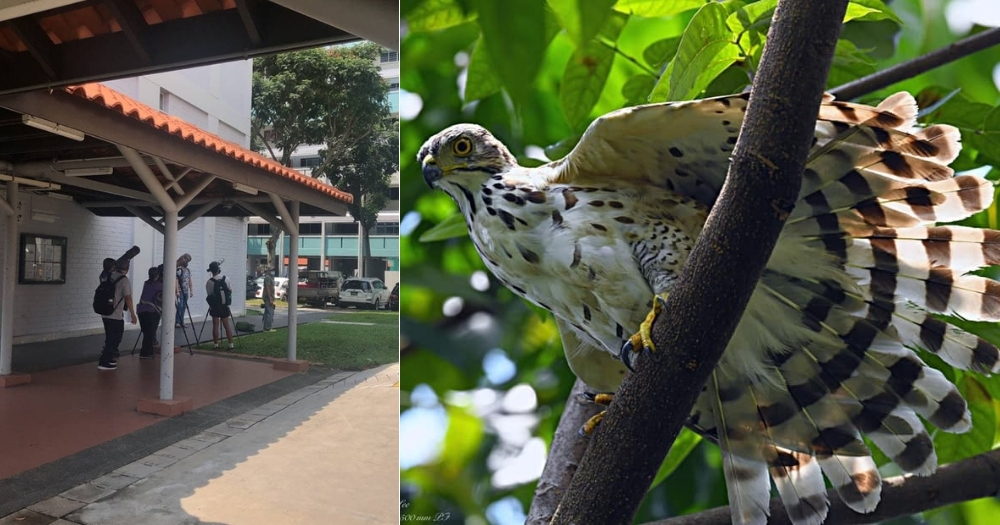Follow us on Telegram for the latest updates: https://t.me/mothershipsg
First, there was a mandarin duck at Hougang Avenue 6.
Now, there is a rare migrant, Von Schrenck's Bittern, and even a Crested goshawk.
This neighbourhood that is just across Hougang Mall seems to be attracting more feathery creatures than one would expect.
On Oct. 23, bird photographers were sighted in the neighbourhood to catch a glimpse of the raptor.
 Image by Fiona Tan.
Image by Fiona Tan.
Crested goshawk spotted in Hougang residential estate
As the largest accipiter – a genus, or subcategory, of forest-inhabiting birds of prey comprising goshawks, sparrowhawks, and hawks – a Crested goshawk is pretty hard to miss. An adult is roughly 40-46cm in size.
But this is only if you get lucky, and when the bird decides to make an appearance.
The Crested goshawk is a "rare resident breeder" in Singapore.
It is difficult to provide an accurate estimate of the number of Crested goshawk in Singapore as they are solitary most of the time, that means they prefer to be alone.
They also prefer to chill in the canopy or middle storey of forests so they are known to be elusive creatures and can be hard to spot.
There have been sightings of this species across green spaces in Singapore, from Changi to Kranji, Sembawang and Mount Faber.
The recent sighting of the Crested goshawk at the residential estate in Hougang is a bizarre one as it is a highly urbanised area, unlike the species' usual haunt.
Bird photographers subsequently shared their photos to groups such as Bird Sightings or Hong Kong Bird Photographer Facebook groups.
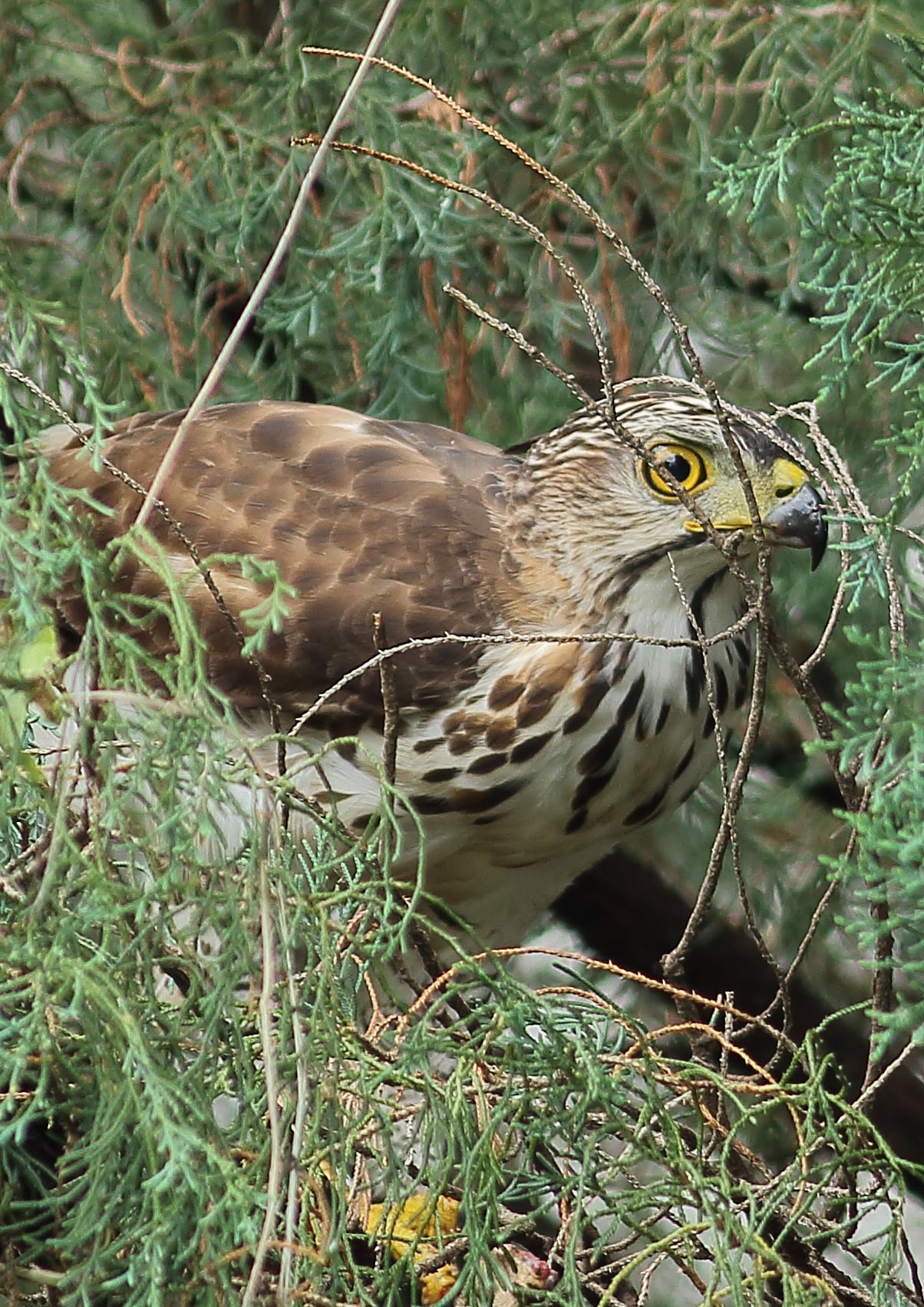 Image from Khong Yew/Facebook.
Image from Khong Yew/Facebook.
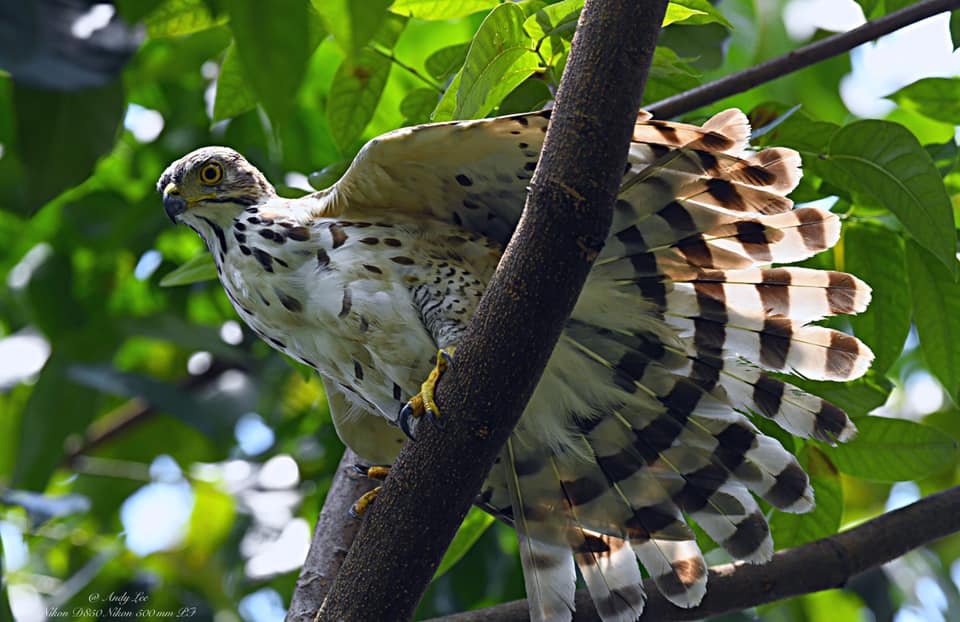 Image from Andy Lee/Facebook.
Image from Andy Lee/Facebook.
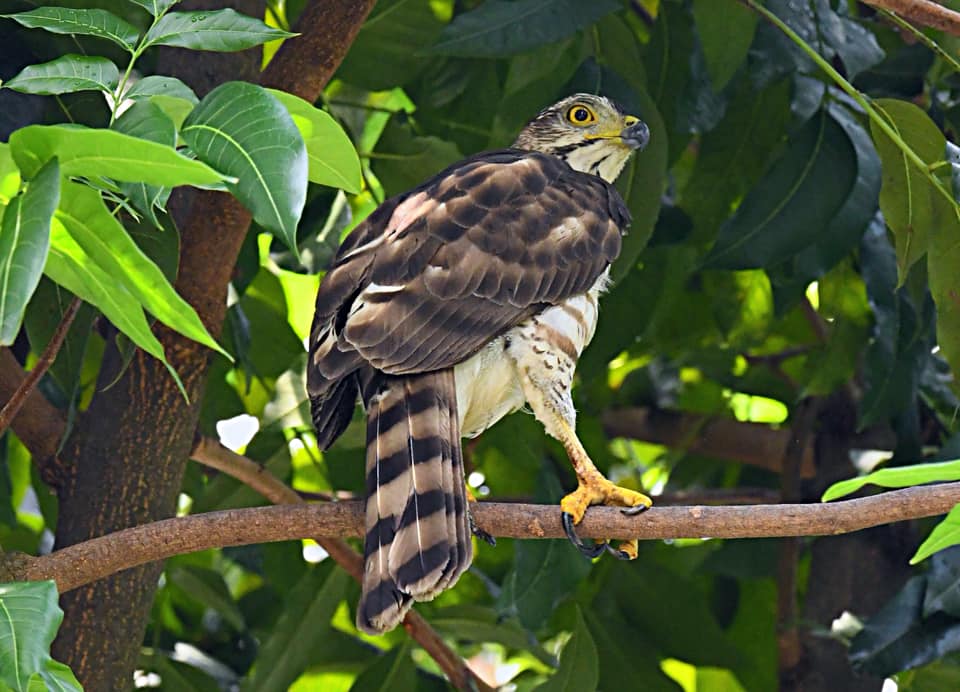 Image from Andy Lee/Facebook.
Image from Andy Lee/Facebook.
The Crested goshawk's brief visit to Hougang seems like a unique event, as it was not seen at the same location after Oct. 23.
There have been other recent sightings of the Crested goshawk at other locations, such as Pasir Ris Park and Telok Blangah Hill Park.
Crested goshawks may adapt to urban environment better than expected
While Crested goshawk is rarely seen in urbanised areas like HDB estates, this species of birds may be adapting to urban environment better than expected.
In an article published in BirdingAsia in 2018, Chris Shepherd, the Executive Director of Monitor Conservation Research Society, observed that Crested goshawk is becoming increasingly common in urban landscapes where there is a low predation risk and high food availability.
An increased appearance of Crested goshawks in urbanised areas could simply be a matter of the bird going to where the food is.
Using Common tree shrews that are "very common in suburban and urban areas" in the Malaysia, as an example, Shepherd observed that the range of both animals coincides; this means both Common treeshrews and Crested goshawks can be found inhabiting the same area. Therefore, the treeshrews could form part of their diet.
Shepherd also cited a higher nesting success for the species in urban areas in Taiwan at 89 per cent, as compared to 60 per cent in rural areas between 2006 to 2011.
In Singapore, Shepherd noted that there is a variety of preys for Crested goshawks, ranging from small mammals to birds and reptiles.
More notably, there was a successful Crested goshawk nesting with two juveniles observed in a residential estate at Bedok in 2017.
A blog post by then-NUS student Bryan Lim attributed a few factors to the successful nesting, one of which is the availability of food such as mynahs and fruit bats. These are possible preys of the raptor that have adapted to urban environment very well.
That said, Crested goshawks are currently categorised as "Critically Endangered" in the Singapore Red Data Book.
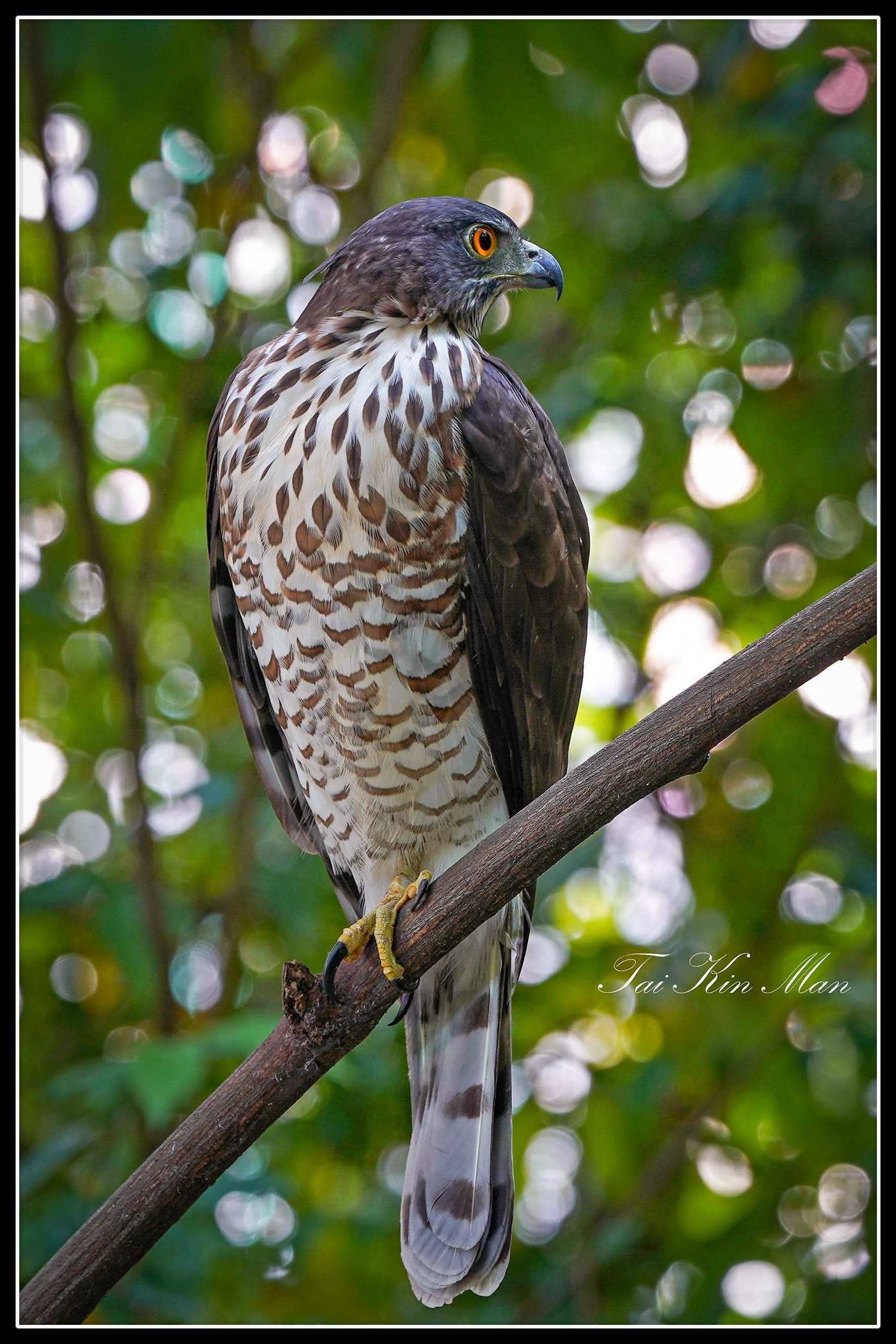 Image from 戴健文/Facebook.
Image from 戴健文/Facebook.
Outside of Singapore, the bird can be found in other mostly tropical parts of Southeast Asia, such as India, Sri Lanka, southern China, and the Philippines.
With this "extremely large range", Crested goshawks are considered to be of least concern globally, according to the International Union for Conservation of Nature Red List.
However, their global population is decreasing.
Other birds to watch:
Top image by Fiona Tan and from Andy Lee/Facebook
If you like what you read, follow us on Facebook, Instagram, Twitter and Telegram to get the latest updates.
